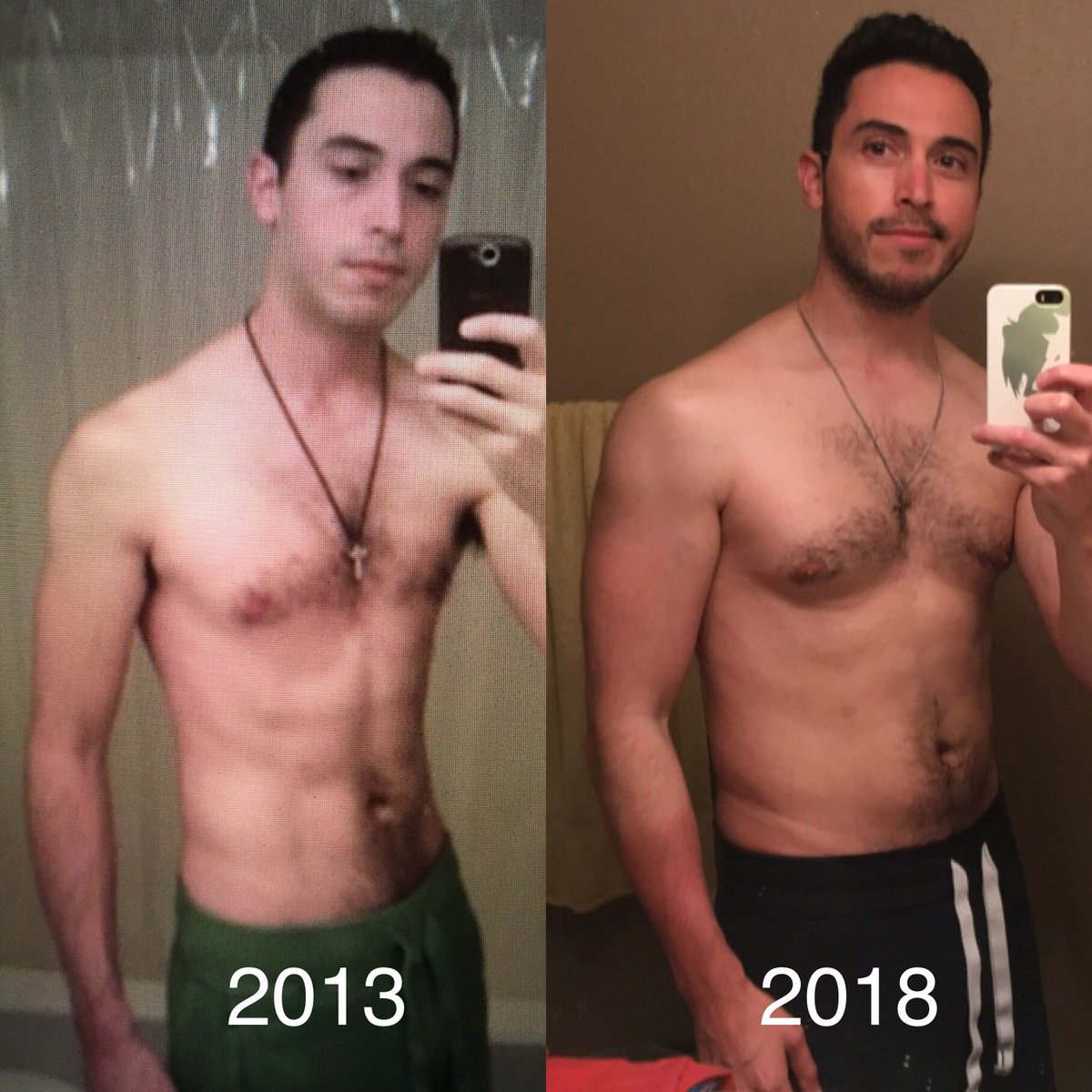

Sleeping on your side also stretches the glute muscles for hours at a time, weakening them further. This exaggerated positioning puts your lower back under constant strain and can lead to injuries like herniated discs. Standing with your pelvis tucked under your torso (aka the posterior pelvic tilt) can make your butt look nonexistent. A general lack of exercise also contributes to gluteal amnesia. The bottom line: toning up your tush doesn’t have only aesthetic benefits: strong glutes can help stave off injuries and lower-body pain. Weak glute muscles can lead to hamstring injuries as well as hip, knee, and lower back pain, as your smaller muscles try to take over movements that should be made by your glutes. When one muscle is weak, another is forced to compensate and carry an increased workload. Sitting tightens the hip flexors, restricts blood flow as your muscles literally fall asleep, and inflames the gluteal muscles to the point that they forget how to function normally-something that’s known as gluteal amnesia, dormant butt syndrome, or a "dead butt." This weakens the muscles, reducing their volume and flattening your buttocks over time.

Other factors that can play a role include: Genetics is the main factor behind the shape and size of your buttocks-it determines the size of your glutes and whether you have a predisposition to deposit fat in your derriere. Those with less muscle and less fat will have a flatter appearance along their backside. The amount of muscle and fat along the buttocks determines the size of the area. On top of the gluteal muscles (aka glutes) is subcutaneous fat. These are some of the most prominent muscles in the body, and they control movement in the hips and thighs.

The buttocks are made up of a group of three muscles: the gluteus maximus, gluteus medius, and gluteus minimus.


 0 kommentar(er)
0 kommentar(er)
